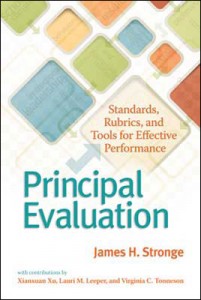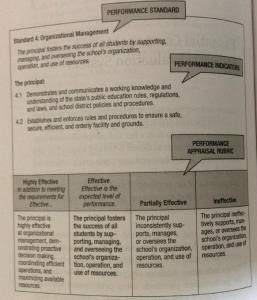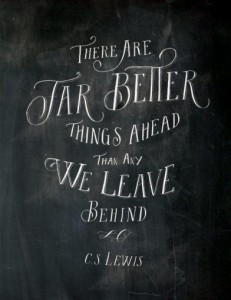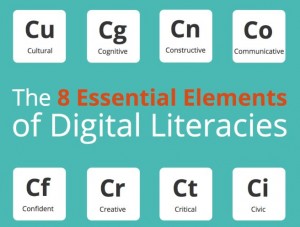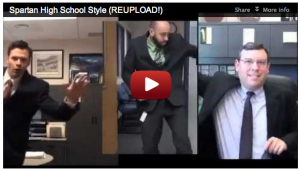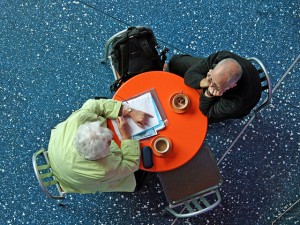 How do you approach the process of investigating a new product, app, program, instructional strategy, device, software, hardware, curriculum, [insert new initiative here]?
How do you approach the process of investigating a new product, app, program, instructional strategy, device, software, hardware, curriculum, [insert new initiative here]?
From a purchasing standpoint, price point is important, I get it. But most affordable does not translate into most effective for kids, teachers, and learning.
What about purpose? What about total cost of ownership? What about value added? What about ease of use? What about technical support?
In my new role, I’m able to provide insight into the myriad of decisions that go into educational technology planning, purchasing, roll-out, professional development, and support processes.
Is my voice always heard? The voices of the teachers and principals? No. We still have to work to do strengthening the lines of technology + education communications. That will only come with the establishment of trust and mutual respect over time.
But when I’m considering a new app, a new program, a new strategy, what I really want to do, more than research the product online, more than listen to a sales pitch, more than look at the financial bottom line, is talk to someone.
Oh, you’re using that product? Tell me about it.
How do you like it? How does it work? What are the glitches? How does it support student learning? How is it supported? What can you tell me that a vendor can’t tell me?
I use phone calls. I use email. I ask our blossoming Google+ instructional tech community. I inquire during our monthly IU13 tech integrators meetings. I tweet about it.
Being connected means that I have access to educators with experience, some very similar to my own, and some very different from mine. I have access to smart people who have implemented, assessed, questioned, purchased, developed, and shared their ideas with me.
I am lucky.
From an educational perspective, the input and voice of teachers, students, coaches and principals MUST be sought with every technology purchase consideration.
And helping to guide our research are the voices of educators from around the world who share their ideas and experiences with others.
Does your school/district/division have a plan for including educational voices in the technology integration decision-making process? I’d love to hear about your framework and strategies to ensure a) educational voices are heard and b) the results of those decisions are evaluated and assessed to ensure we’re always doing what’s best for kids.
P.S. I know “education” and “technology” should be synonymous. I get it. Using technology meaningfully should just be part of what we do. Right now, we and many other schools are still working to build that bridge, so…. tell me about your successes so we can learn from you.
photo credit: MyDigitalSLR via photopin cc




